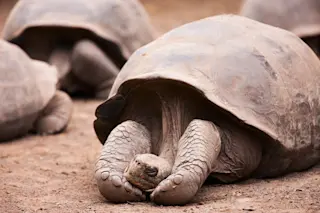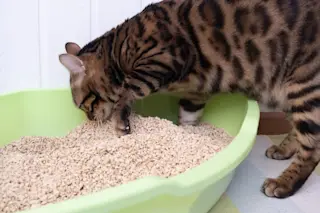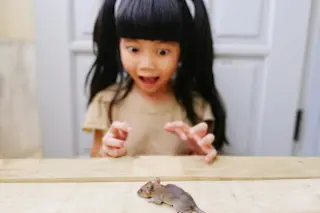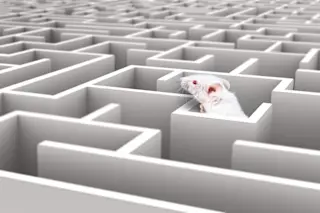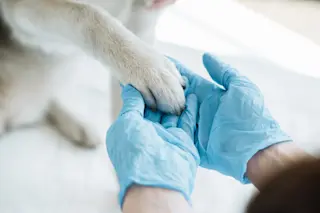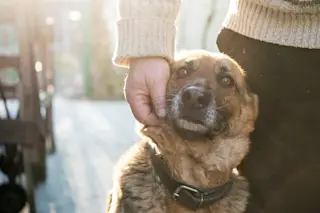This isn't Diego, it's another species of Galapagos tortoise, but we imagine this is how he feels. (Credit: Shutterstock) It's a tough job, but someone has to do it. Diego, a 100 year-old Galapagos giant tortoise that was one of the last of his species, has played an outsize role helping the population rebound. A recent genetic analysis of the giant tortoise population on an island in the Galapagos concluded that some 40 percent of the tortoises living there are descended from Diego. Since the 1970s, the 100-year-old stud has fathered some 800 offspring. Of course, half the credit belongs to the six females that share his enclosure as part of the captive breeding program on Santa Cruz island.
While his species, Chelonoidos hoodensis, once numbered only 14, Diego's prolific sex life has helped bring them back from the brink. He has proved a tireless breeder, and there are currently ...


